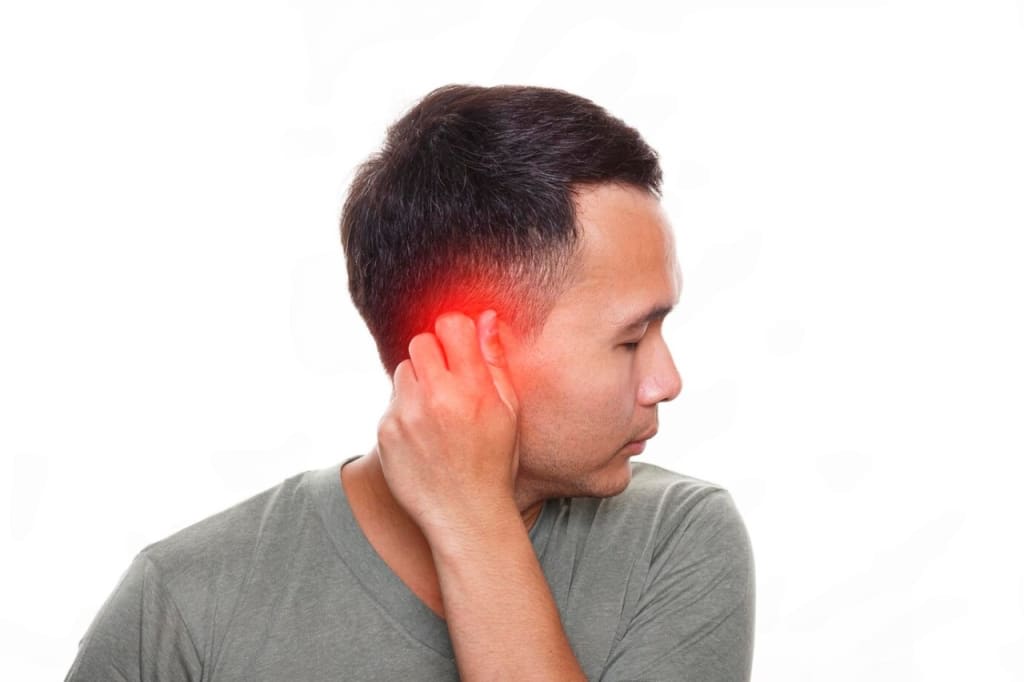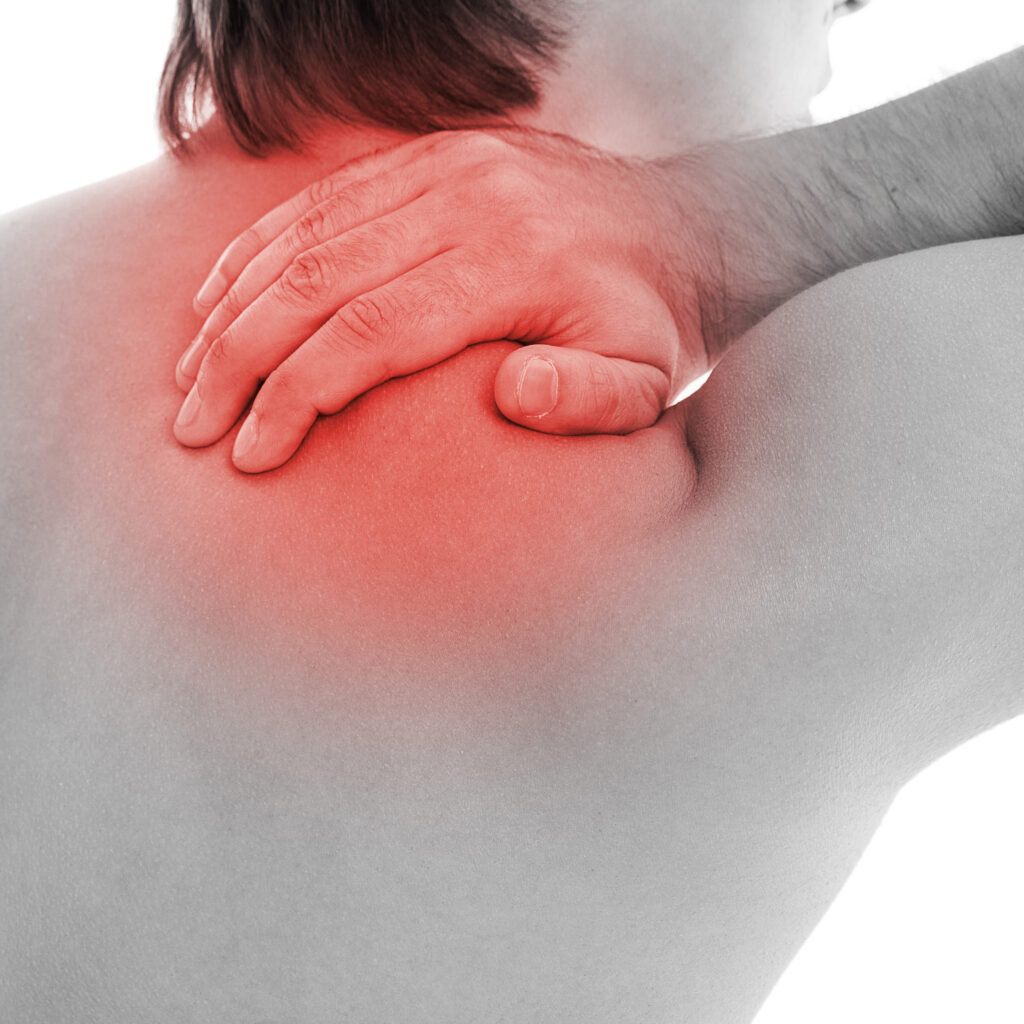When you find yourself sidelined by a sports injury, understanding effective relief techniques can be essential for a swift recovery. You might consider methods like the R.I.C.E technique or explore alternatives such as physical therapy and massage. Each approach has its own benefits, not just for alleviating pain but also for enhancing your overall performance. Yet, the effectiveness of these strategies can vary based on individual circumstances and injuries. So, what's the best way to tailor these techniques to fit your unique situation?
R.I.C.E Method
When you experience a sports injury, the R.I.C.E method can be your first line of defense. R.I.C.E stands for Rest, Ice, Compression, and Elevation, and using these four steps properly can greatly reduce pain and swelling.
First, make certain to rest the injured area. Avoid putting weight on it or engaging in activities that might aggravate the injury. This initial rest phase allows your body to start the healing process.
Next, apply ice to the affected area. Ice helps to numb the pain and decrease inflammation. You should apply ice for about 15-20 minutes every hour, especially within the first 48 hours after your injury. Just remember to wrap the ice pack in a cloth to avoid frostbite.
Compression comes next. Use an elastic bandage or compression wrap to stabilize the injury. This can minimize swelling and provide support, but be careful not to wrap it too tightly, as this can restrict blood flow.
Finally, elevate the injured area above the level of your heart. This helps reduce swelling by allowing fluids to drain away from the injury site. You can prop your leg or arm on pillows to guarantee proper elevation.
Physical Therapy
After the initial care of your injury with the R.I.C.E method, physical therapy can play an essential role in your recovery.
It's not just about healing; physical therapy helps restore strength, flexibility, and function. Working with a qualified therapist can make a significant difference in your rehabilitation process.
Here's how physical therapy can benefit you:
- Customized Treatment Plans: Your therapist will design a treatment plan tailored to your specific injury and goals. This personal approach guarantees you're following the most effective exercises and techniques for your recovery.
- Pain Management: Physical therapists utilize various modalities, including therapeutic exercises, electrical stimulation, and ultrasound, to help manage your pain. This can make your recovery more comfortable and less intimidating.
- Prevent Future Injuries: A key component of physical therapy is education. Your therapist will teach you proper body mechanics and techniques to reduce the risk of re-injury. Understanding how to move safely and effectively can empower you in your athletic pursuits.
Massage Therapy
Massage therapy can be a powerful ally in your recovery journey, offering both physical and mental relief from sports injuries. By focusing on the soft tissues, it helps alleviate tension and promotes blood circulation, which is vital for healing.
When you receive a massage, the therapist targets specific areas of discomfort, working to release knots and tightness that might be hindering your mobility. You might find that massage therapy reduces pain and inflammation, helping to accelerate your recovery process.
Not only does it loosen tight muscles, but it can also enhance your range of motion, making it easier for you to return to your favorite activities. The rhythmic strokes can stimulate endorphin production, your body's natural painkillers, which can greatly improve your mood and overall mental well-being.
Incorporating massage therapy into your recovery routine can also help prevent future injuries. By addressing muscle imbalances and enhancing flexibility, you're less likely to strain or overuse your muscles when you get back to training.
Plus, it's a great way to take some time for yourself, allowing you to relax and recharge mentally. Consider scheduling regular sessions with a qualified massage therapist who understands sports injuries.
They'll tailor the treatment to your specific needs, ensuring you get the most benefit. Remember, listening to your body and giving it the care it needs is essential for a successful recovery. Embrace massage therapy as part of your holistic approach to sports injury relief.
Ice and Heat Therapy
Ice and heat therapy is an essential component of sports injury relief, offering distinct benefits for recovery.
Using these techniques correctly can expedite your healing process and alleviate pain effectively. Each method serves a specific purpose, and knowing when to apply ice or heat can make all the difference.
Here's a quick guide to help you understand their benefits:
1. Ice Therapy: Applying ice is perfect for reducing swelling and numbing sharp pain. It constricts blood vessels, which can help minimize inflammation immediately after an injury.
Aim to ice the affected area for 15-20 minutes every hour during the first 48 hours.
2. Heat Therapy: Heat is great for loosening stiff muscles and improving blood flow. It relaxes and soothes tired muscles, making it ideal for chronic pain or muscle tension.
Use a heat pack or warm towel for 15-20 minutes when you're ready to encourage healing after the initial swelling has gone down.
3. Combination Use: Sometimes, alternating between ice and heat can provide ideal relief.
For example, using ice first to reduce swelling and then heat to enhance circulation can help you recover faster.
Incorporating ice and heat therapy into your recovery routine can greatly improve your comfort and speed up healing.
Just remember to listen to your body—if something doesn't feel right, it's always best to consult a medical professional.
Stretching and Strengthening
Incorporating regular stretching and strengthening exercises into your routine can greatly enhance your recovery from sports injuries. These practices not only help you regain flexibility and mobility but also build muscle support around injured areas, which can prevent future injuries.
Stretching is essential for maintaining and improving your range of motion. When you stretch regularly, you increase blood flow to your muscles, which aids in healing. It's important to focus on both dynamic stretches before activity and static stretches afterward. Dynamic stretches prepare your muscles and joints for action, while static stretches help with recovery and flexibility post-exercise.
Strengthening exercises, on the other hand, are crucial for rebuilding strength in injured areas. Targeting specific muscle groups can help stabilize joints and reduce the risk of re-injury. Incorporate exercises that focus on core strength, balance, and functional movement. Resistance bands, bodyweight exercises, and light weights are great tools to start with.
Listen to your body; if you feel pain while stretching or strengthening, consult a healthcare professional. It's important to differentiate between discomfort and pain to avoid exacerbating your injury.
Acupuncture
After focusing on stretching and strengthening, you might consider exploring acupuncture as a complementary approach to sports injury relief. This ancient practice, rooted in traditional Chinese medicine, involves inserting thin needles into specific points on your body. Many athletes swear by its effectiveness in promoting healing and reducing pain.
Here are three key benefits of acupuncture for sports injuries:
- Enhanced Blood Flow: Acupuncture stimulates circulation in the affected area, delivering much-needed nutrients and oxygen to accelerate healing. Improved blood flow can also help reduce inflammation, making it easier for you to recover from injuries.
- Muscle Relaxation: If you're dealing with tight muscles or spasms, acupuncture can help release tension. By targeting muscle knots, it promotes relaxation and can contribute to a greater range of motion, allowing you to get back to your sport more quickly.
- Emotional Balance: Sports injuries can take a toll on your mental health. Acupuncture not only addresses the physical aspects but can also help calm your mind. Many athletes report feeling less anxious and more focused after their sessions, which is essential for returning to peak performance.
Incorporating acupuncture into your recovery plan can provide a holistic approach, addressing both your physical and emotional needs.
It's worth consulting a trained practitioner to see how it can complement your existing treatment strategies for the best recovery.
Pain Management Techniques
Many athletes often turn to various pain management techniques to alleviate discomfort and promote recovery from sports injuries.
These techniques can help you manage your pain effectively, allowing you to return to your sport sooner and with less anxiety about re-injury.
One common method is the use of ice therapy. Applying ice packs to the affected area can reduce swelling and numb sharp pain.
You'll want to ice for about 15-20 minutes at a time, especially in the first 48 hours after the injury.
Heat therapy is another effective technique. It helps increase blood flow and relaxes tight muscles.
You can apply a warm compress or take a warm bath, but avoid using heat on swollen areas immediately after an injury.
Over-the-counter pain medications like ibuprofen or acetaminophen can also be beneficial.
They help to reduce inflammation and relieve pain but remember to follow recommended dosages or consult your physician if you're unsure.
If you prefer a more holistic approach, mindfulness techniques and meditation can assist in managing pain.
These practices promote relaxation and can help you cope better with the discomfort associated with injuries.
Lastly, physical therapy is a valuable option.
Working with a qualified therapist can provide tailored exercises and treatments designed to relieve pain while promoting healing.
Nutrition for Recovery
When you're recovering from a sports injury, nutrition plays a vital role in helping you heal.
You need to focus on essential nutrients, stay hydrated, and time your meals to boost your performance.
Essential Nutrients for Healing
Healing from a sports injury requires more than just rest; the right nutrients play a significant role in recovery. When you're working on getting back to your game, consider focusing on these essential nutrients:
- Protein: This macronutrient is critical for tissue repair and muscle rebuilding. Incorporate sources like lean meats, fish, eggs, and legumes to guarantee you're getting enough protein daily.
- Omega-3 Fatty Acids: These healthy fats help reduce inflammation, which can speed up healing. You can find them in fatty fish, walnuts, and flaxseeds. Including these in your diet can make a noticeable difference.
- Vitamins and Minerals: Certain vitamins, like vitamin C, and minerals, such as zinc, are essential for healing. They support collagen formation and immune function.
Citrus fruits, berries, nuts, and leafy greens can provide these crucial nutrients.
Hydration's Role in Recovery
Proper hydration is essential for your recovery process after a sports injury. When you're injured, your body needs extra fluids to repair tissues, reduce inflammation, and transport nutrients effectively. Staying hydrated helps maintain ideal blood circulation, which is important for delivering oxygen and nutrients to your injured areas.
Dehydration can slow down the healing process and even increase pain levels. You might experience fatigue and muscle cramps, hindering your ability to perform rehabilitation exercises. To support recovery, aim to drink plenty of water throughout the day, especially after physical therapy or light activities.
In addition to water, consider incorporating electrolyte-rich beverages, particularly if you've lost fluids through sweating. Electrolytes help maintain fluid balance and support nerve function, both essential during your recovery.
Listen to your body; if you're feeling thirsty, it's a sign you need more fluids. Monitor the color of your urine—light yellow usually indicates proper hydration, while dark yellow suggests you need to drink more.
Timing Nutrition for Performance
Timing your nutrition can greatly impact your recovery and performance after a sports injury. You need to focus on when you consume specific nutrients to maximize healing and restore strength.
Here are three key timing strategies to take into account:
- Post-Workout Window: Aim to refuel within 30 minutes after your training or therapy sessions. This is when your muscles are most receptive to nutrients. A mix of protein and carbohydrates can help kickstart recovery.
- Regular Meals: Consistency matters. Eating balanced meals every 3-4 hours guarantees that your body has a steady supply of nutrients. This approach helps maintain energy levels and supports tissue repair.
- Pre-Sleep Nutrition: Don't skip your nighttime snack! Consuming casein protein or a small meal before bed can aid in muscle recovery while you sleep. This is vital for healing during your most restorative hours.
Conclusion
Incorporating these top sports injury relief techniques can greatly speed up your recovery and improve your overall performance. By using the R.I.C.E method, engaging in physical therapy, and exploring options like massage and acupuncture, you can effectively manage pain and enhance healing. Don't forget the importance of nutrition; fueling your body with the right nutrients can further support your recovery. Remember, taking proactive steps now can help prevent future injuries and keep you in the game longer.



